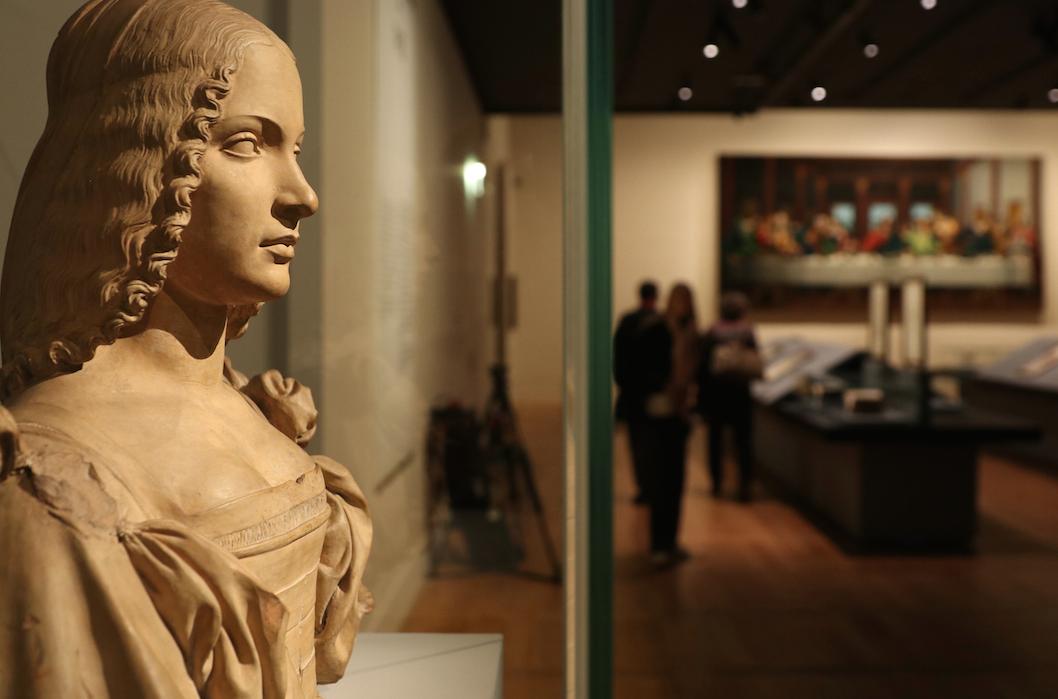PARIS—Last year the world celebrated the 500th anniversary of the “Sistine Madonna,” the work of Italian Renaissance artist Raphael. The celebration of Raphael’s late works continues this year with exhibitions in Madrid, Paris, Tokyo, and Frankfurt.
Of all the exhibits honoring the apogee of this genius’s works, perhaps the largest and most important was at the Louvre.
“The unprecedented exhibition, organized by the Louvre in partnership with the Prado Museum, brought together Raphael’s works produced in Rome during the last years of his short life,” according to the exhibition’s website.
Raphael was a master artist, who at 27 years of age, became as famous as Leonardo da Vinci and Michelangelo and left his mark on classical painting.
Delacroix said that just the mention of the name of Raphael “brings to mind all that is highest in painting.” Indeed, Raphael’s name evokes grace, harmony, and beauty, manifested in the accuracy of line as well as in the distribution of color. These traits allow us, centuries later, to recognize Raphael’s contribution to paintings realized by his assistants.
The Louvre exhibition aimed to resolve doubts and questions raised by his collaboration with assistants as well as to present the accomplished painter in the period in which he directed his huge studio.
In the studio, he orchestrated and completed frescoes for St. Peter’s Basilica and the Vatican, as well as altarpieces, paintings of the Holy Family, and portraits.
The Louvre also examined the social side of the painter—a friend to popes, bankers, and lords.
A Meteoric Career
Raphael was born in Urbino, Italy, in 1483. His father Giovanni Santi, a painter himself, had the largest workshop in the city and was his son’s first teacher. Above all, Giovanni inculcated in Raphael a love of humanism.
The rise of Raphael’s career was meteoric. At 11 years old, his drawings showed a surprising maturity, and his genius was already undeniable. At 17, he was designated as “Magister,” and three years later, he conquered Italy’s cultural capital of Florence. Soon he enjoyed a great reputation. But there remained one more city for Raphael to conquer in order to become Raphael—Rome.
Frescoes and Devotional Paintings
Raphael got to Rome just when Pope Julius II decided to unify ancient and modern Rome. The ancient principles of eternal beauty resurfaced after decades of neglect and repression by Christianity.
Julius II had started a new project on the upper-floor apartments in the Vatican, and he wanted a modern, more Greek-influenced realization. He chose to entrust Raphael with the mission.







